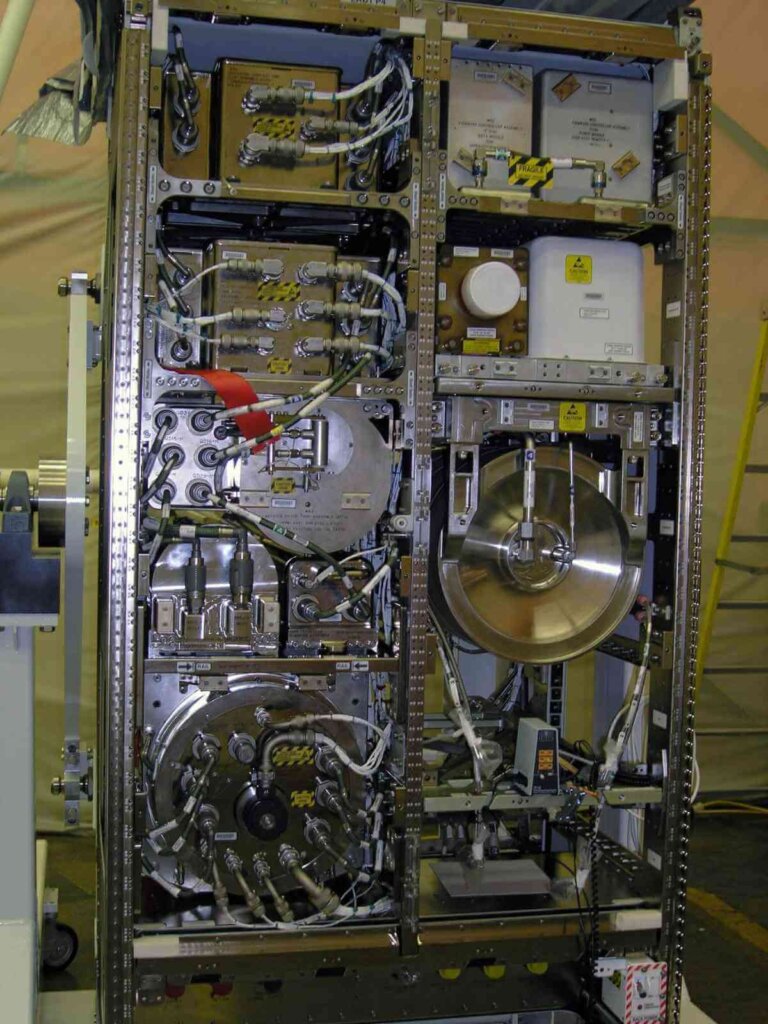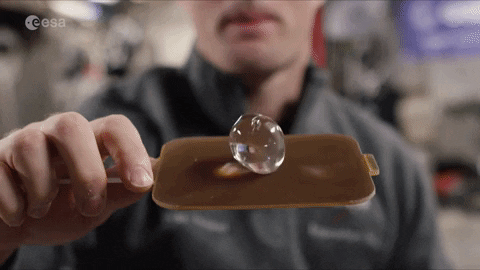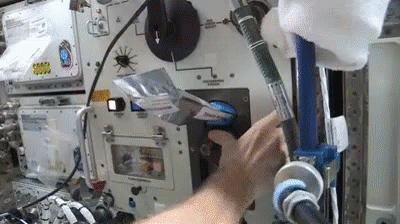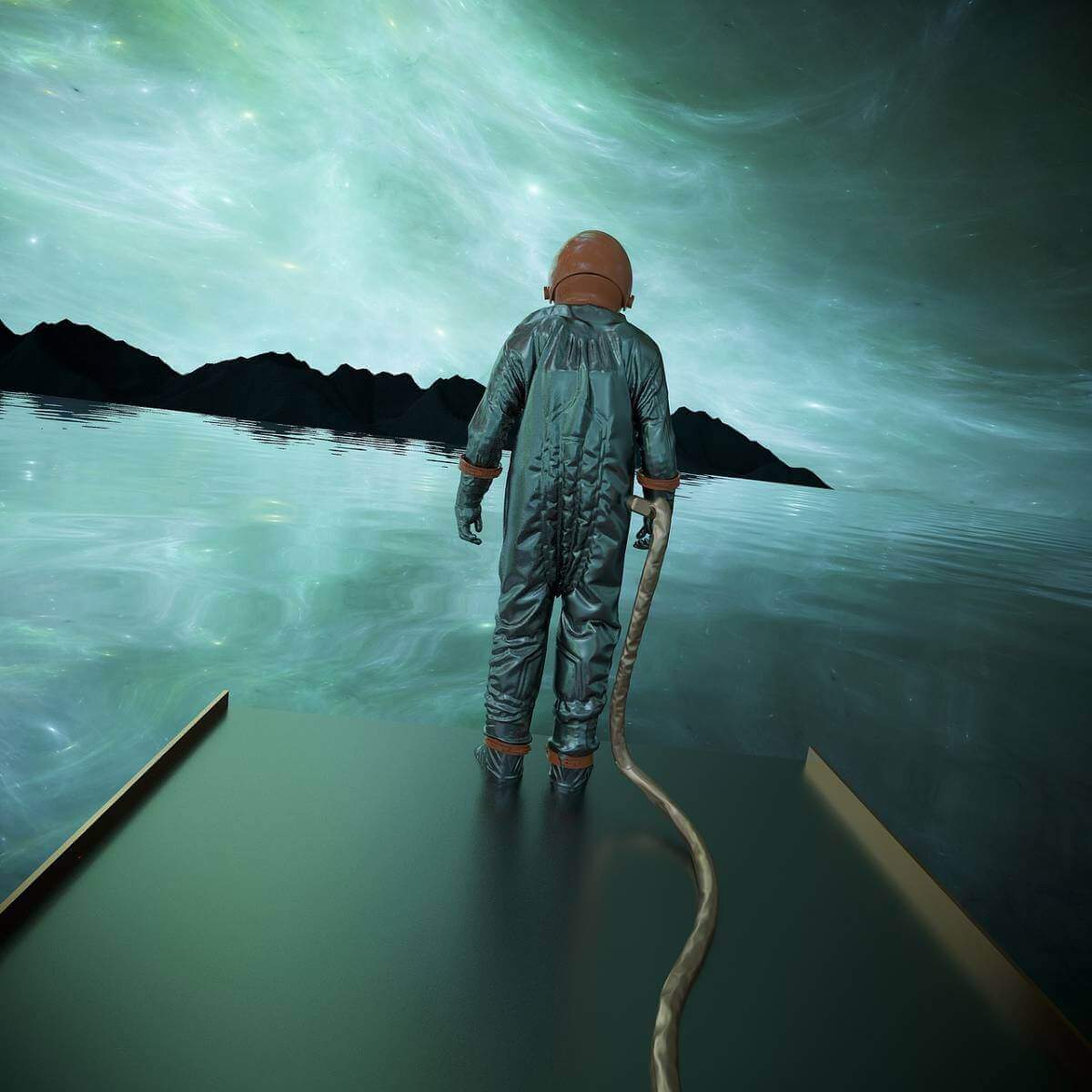Water is essential for human survival, and it’s no different in space. Astronauts on space missions need access to water for drinking, cooking, and other daily tasks. However, obtaining and maintaining a supply of water in the unique conditions of space is no easy feat.
In this article, we’ll explore the various methods and technologies used to provide astronauts with the water they need for survival and other tasks while in space. From water recycling systems to water delivery missions, we’ll take a closer look at the challenges and solutions of obtaining water in microgravity environments.
The Importance of Water in Space
Water is an essential resource for human survival, but it becomes even more crucial when it comes to survival in space. The lack of air, water, and food in space makes it a hostile environment that is not suitable for human life. The human desire for exploration and discovery, however, drives us to venture beyond our planet and into the unknown. But how do astronauts get water in space, where it is not readily available?
This is where advanced technology and innovation come in, as space agencies around the world work tirelessly to find ways to provide astronauts with a reliable source of water. In this article, we will delve into the fascinating world of space water supply, exploring the many ways that astronauts obtain, recycle, and drink water while in space.
Water Supply on a Spacecraft
Water is a critical resource for astronauts in space, and ensuring a reliable and sustainable supply of water is essential for space missions. Spacecrafts are designed to provide water through various methods, including water recycling systems and water delivery missions.
Water Recycling Systems
Water recycling systems are used on the International Space Station (ISS) to conserve and reuse water. These systems collect and filter wastewater from sources such as urine, sweat, and breathing condensate and turn it into potable water for consumption. The technology behind these systems is complex, with multiple stages of filtration and treatment, including reverse osmosis, distillation, and ion exchange. Without these systems, the astronauts on the ISS would need a constant supply of fresh water from Earth, which would be expensive and impractical.

Water Delivery Missions
Water delivery missions are a critical aspect of ensuring that astronauts have access to safe and usable water while in space. These missions involve sending water and other necessary supplies to a spacecraft in orbit through resupply ships or cargo missions. However, such missions come with their own set of challenges, including cost, careful planning, and coordination.
Some things to consider:
● Water is typically stored in containers or tanks on a spacecraft.
● Proper storage and handling of water is essential to ensure that it remains safe and usable.
● Water delivery missions play an important role in ensuring that astronauts have access to sufficient amounts of water during their time in space.
Water delivery missions are a vital part of ensuring that astronauts have access to safe and sufficient water while in space. These missions require meticulous planning and coordination to ensure that the necessary supplies are delivered to the spacecraft in a timely and efficient manner. The success of these missions is crucial for the survival and well-being of astronauts in space, highlighting the importance of continued research and development in the field of space exploration.
Drinking Water in Space
Drinking water is a critical resource for astronauts during space missions, and ensuring a safe and reliable supply is essential for their health and well-being. There are two key ways that astronauts obtain safe drinking water in space; water filtration and having quality control to maintain the purity of that water.

Water Filtration and Purification
Water filtration and purification systems are used to clean and recycle water onboard the spacecraft. These systems use a variety of techniques, such as reverse osmosis, iodine treatment, and silver ionization, to remove impurities and contaminants from recycled water. Just like the air filtration systems in spacecraft such as the ISS, these processes can remove up to 99.9% of contaminants, making the water safe for consumption.
Drinking Water Quality Control
Water quality is carefully monitored on a spacecraft to ensure that it meets strict health and safety standards. NASA has developed a comprehensive water quality control program that includes regular testing and analysis of water samples. This program helps to ensure that the water is safe and free from harmful contaminants, such as bacteria and viruses. In addition, the water is closely monitored for taste, odor, and appearance to ensure that it is palatable and pleasant to drink.
Challenges of Obtaining Water in Space
Obtaining and maintaining a safe and reliable water supply in space is a critical aspect of space exploration. However, it poses several challenges that must be addressed to ensure the health and safety of astronauts.

Microgravity Effects on Water
In microgravity, fluids behave differently than they do on Earth. Without the influence of gravity, water does not settle or separate in the same way, which can affect water quality and filtration systems. Microgravity also makes it more difficult to recycle and reuse water, which is crucial for long-duration space missions.
Radiation Exposure and Water Quality
Space radiation can also pose a threat to water quality and safety. Radiation can damage water molecules, alter chemical properties, and create harmful byproducts. This can make water treatment and filtration more challenging, as traditional methods may not be effective in removing all radiation-induced contaminants. To ensure the safety and quality of the water supply, advanced radiation-resistant filtration and purification systems are necessary.
Conclusion
Obtaining and maintaining a safe and adequate water supply is crucial for the health and survival of astronauts in space. Water supply on a spacecraft involves advanced technologies such as water recycling systems, water filtration and purification, and quality control measures in order for astronauts to obtain water.
However, challenges such as microgravity effects on water and radiation exposure also pose a risk to the quality and availability of water in space. Future space missions will require continued advancements in water supply technologies to ensure the safety and well-being of astronauts. Overall, water is a precious resource that must be carefully managed and conserved in the unique and challenging environment of space.
FAQ
● Q: Can astronauts drink water directly from space sources like asteroids or comets?
A: Currently, there are no known sources of drinkable water in space, and it is not feasible for astronauts to collect water from asteroids or comets.
● Q: How long can astronauts survive without water in space?
A: The human body can only survive a few days without water, so it is essential for astronauts to have a steady supply of water in space.
● Q: How much water do astronauts use on a typical space mission?
A: The amount of water used on a space mission varies depending on the mission’s duration and crew size, but on average, each astronaut uses about 3 liters of water per day.
● Q: Can recycled water in space be used for any purpose or only for drinking?
A: Recycled water in space can be used for a variety of purposes, including drinking, cooking, and hygiene.
● Q: Are there any health risks associated with drinking recycled water in space?
A: Recycled water in space undergoes rigorous filtration and purification processes to ensure it is safe to drink. However, there is still a small risk of contaminants, and strict quality control measures are in place to monitor the water’s safety.

